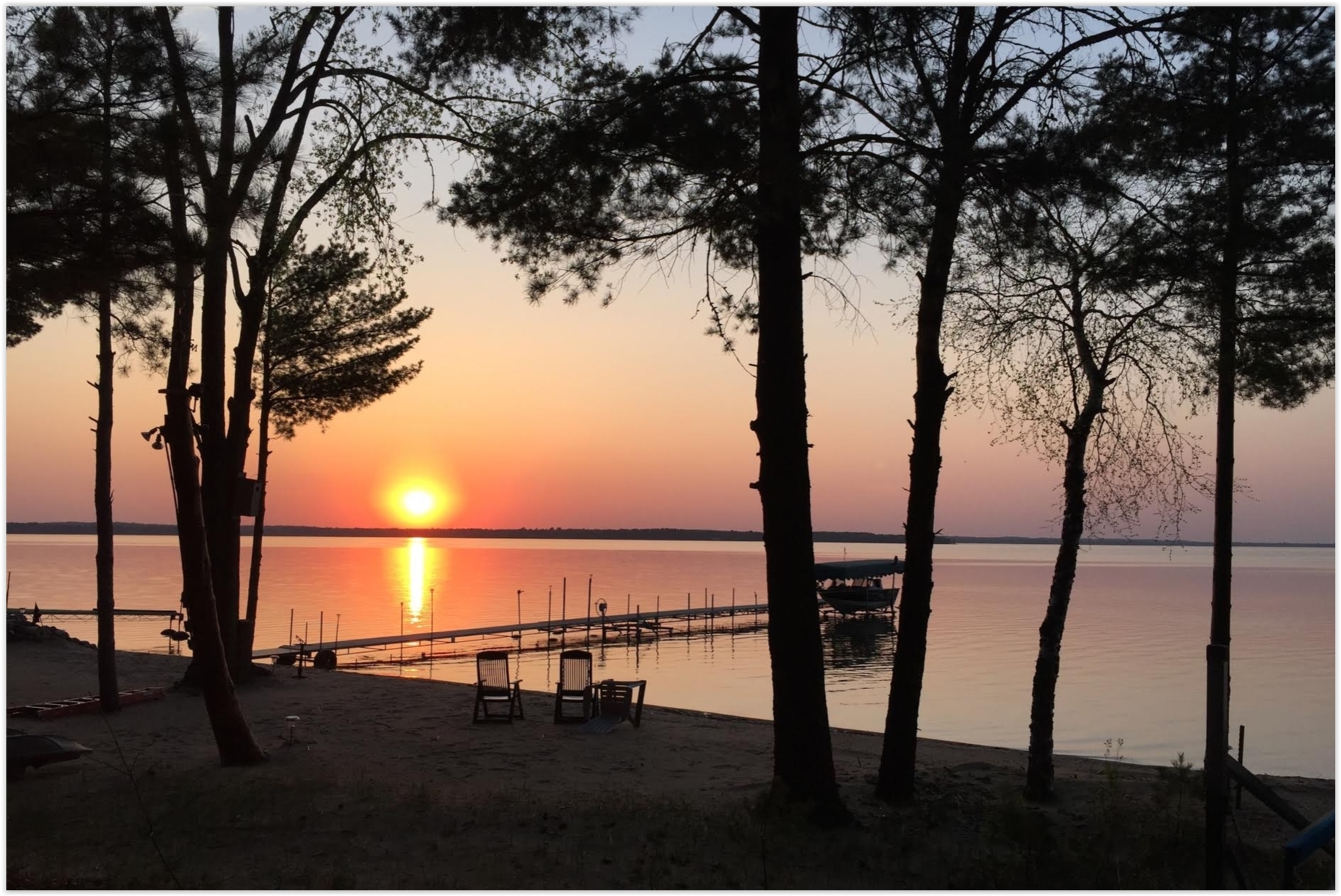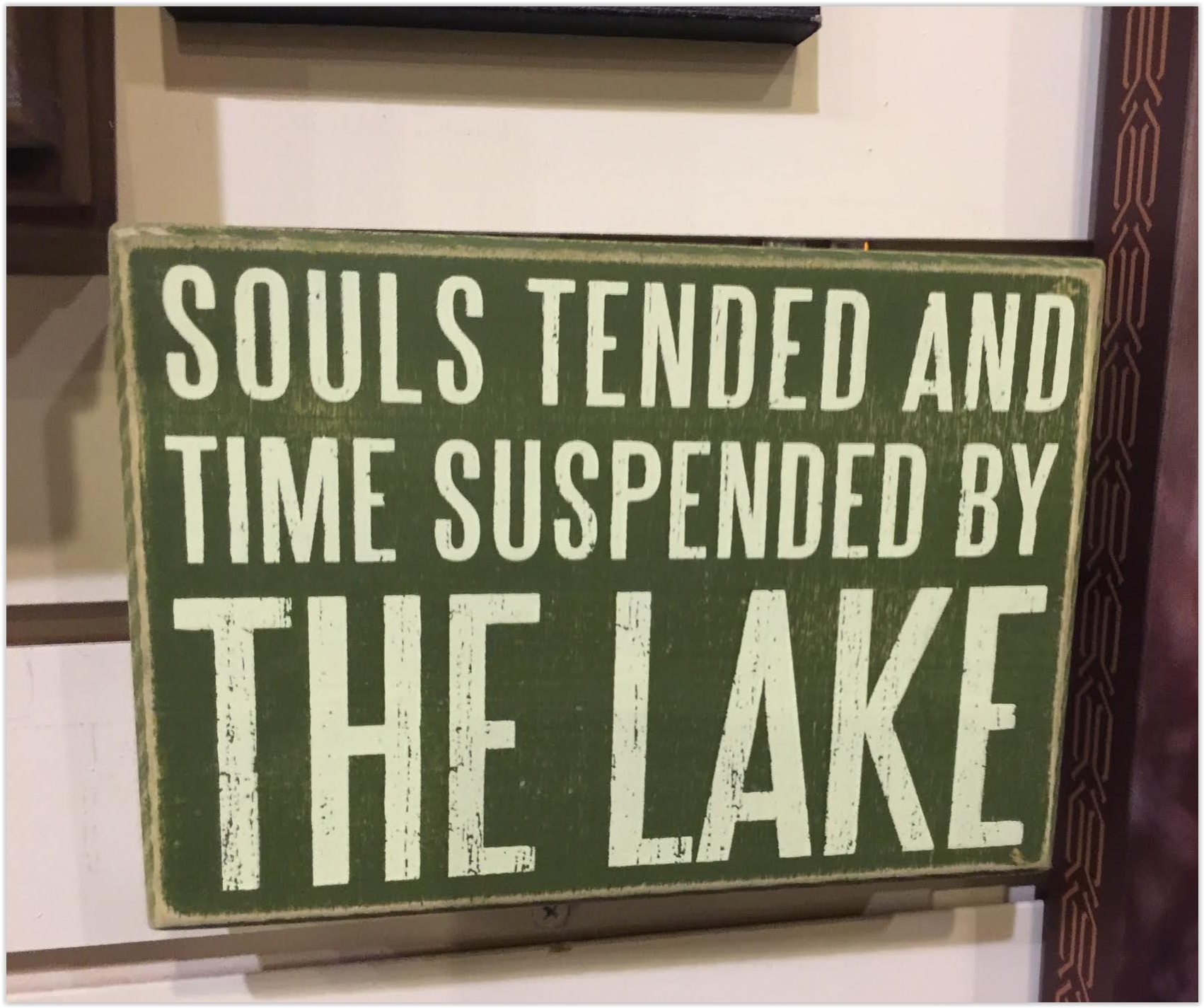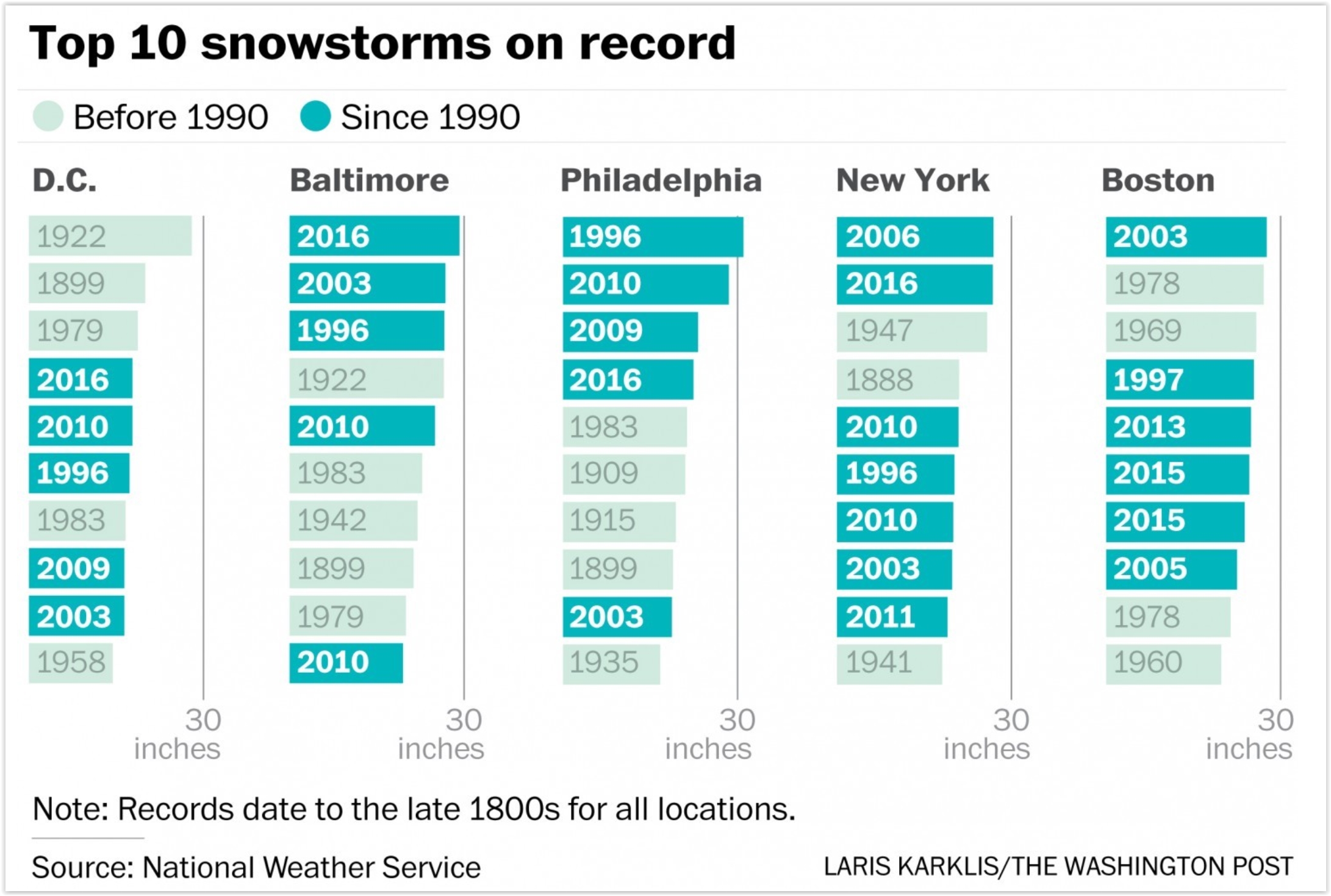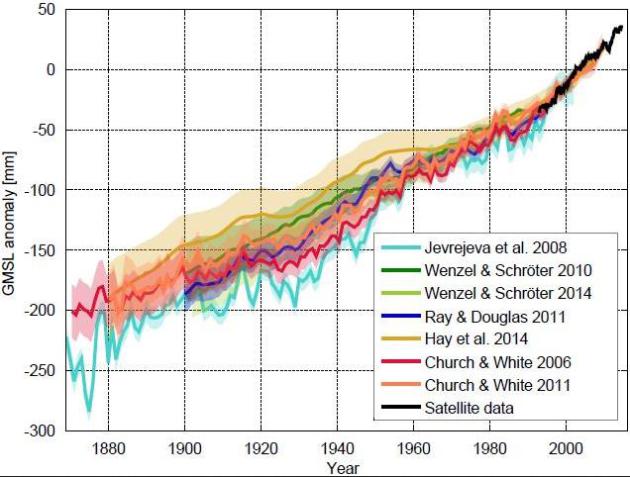79 F. high temperature at KMSP yesterday.
66 F. average high on May 5.
70 F. high on May 5, 2015.
Trace of rain reported at Twin Cities International Airport Thursday.
May, 1965:
6 strong tornadoes, 4 of which were rated F4 on the Fujita Scale,
devastate parts of east central Minnesota, including parts of the Twin
Cities metro area. 14 people are killed, and 683 are injured. 2 of the
F4 tornadoes hit Fridley.
 Case of "Summer Fever" - Tornadoes Can Hit Twice
Case of "Summer Fever" - Tornadoes Can Hit TwiceTornadoes are mesmerizing and fickle. And they can strike the same place twice.
Just
ask residents of Fridley, Minnesota. On May 6, 1965 two severe,
F4-strength tornadoes hit Fridley, roughly half an hour apart. This was
part of a larger swarm of Kansas-size twisters that plowed up the Twin
Cities, leaving 14 dead and 683 injured. It was a blunt reminder that
large and violent tornadoes CAN hit the immediate metro area.
Speaking of bad luck the town of Codell, Kansas was hit by a tornado on the same day,
May 20, in 1916, 1917 and 1918. According to
Brent McRoberts at Texas A&M the 1918 tornado was probably an F-4; the town never fully recovered.
Nothing
severe today, just an intense case of summer fever as the mercury
pushes well into the 80s. A lonely thundershower may bubble up
tonight. A drying northerly breeze clears skies
Saturday with temperatures holding in the 60s. Winds ease a little
on Sunday; enough sun for low 70s.
With
the fiery conflagration gripping Fort McMurray, Alberta and high fire
risk north of MSP you'll be happy to hear about more rain by
Monday.
May 5, 1965 Twin Cities Tornado Swarm.
These were not garden-variety tornadoes - these were large, violent,
long-track tornadoes typical for Oklahoma. Here's an excerpt of an
overview at
Wikipedia: "...
On May 6, an outbreak of six strong tornadoes, four of them violent F4s, affected Minneapolis and St. Paul, Minnesota, and has been nicknamed "The Longest Night", killing 13 people and causing major damages—at the time the most damaging single weather event in Minnesota history.[1] Three of the six tornadoes occurred on the ground simultaneously, and two of them hit the section of Minnesota State Highway 100 (now Interstate 694) and University Avenue in the city of Fridley.[4]
Both Fridley tornadoes damaged 1,100 homes and destroyed about 425;
total losses reached $14.5 million, $5 million of which was to the
Fridley school system..."
Near 90 Today?
With bright sun, a stiff southwest wind and no thundershowers expected
until evening I'm expecting upper 80s close to home - I wouldn't be
surprised to see a few 90F readings just west of MSP by 5 pm. Source:
NOAA and Aeris Enterprise.
Breaking Updates on Fort McMurray Wildfire. Canada's CBC News has
updating online coverage. A few highlights as of Thursday evening:
- "Forced all 88,000 residents to flee Fort McMurray in Alberta, Canada exploded tenfold in size on Thursday, cutting off evacuees in camps and shelters north of the city."
- "The blaze, which erupted on Sunday, grew from 18,500 acres (7,500 hectares) on Wednesday to some 210,000 acres (85,000 hectares) on Thursday, an area roughly 10 times the size of Manhattan."
CBC News Edmonton has ongoing updates via
Facebook. Another perspective from Canadian Joint Operations Command on
Twitter.
Massive Smoke Plume. NOAA is tracking the smoke plumes from widespread (catastrophic) wildfires burning out of control across Alberta, Canada.
Click here to see the latest smoke guidance.
Significant Fire Risk Northwest Wisconsin.
NOAA has issued a Red Flag Warning for a combination of low humidity
and strong winds capable of supporting rapid growth of wildfires near
Spooner and Hayward. Details:
...RED FLAG WARNING IN EFFECT FROM 9 AM TO 8 PM CDT FRIDAY FOR
VERY DRY AND BREEZY CONDITIONS FOR PARTS OF NORTHWEST WISCONSIN...
THE NATIONAL WEATHER SERVICE IN DULUTH HAS ISSUED A RED FLAG
WARNING FOR VERY DRY AND BREEZY CONDITIONS...WHICH IS IN EFFECT
FROM 9 AM TO 8 PM CDT FRIDAY.
* AFFECTED AREA...IN WISCONSIN...FIRE WEATHER ZONES 001...002...
006...007 AND 008.
* WINDS...SOUTHWEST 8 TO 12 MPH WITH GUSTS UP TO 20 MPH.
* RELATIVE HUMIDITY...AS LOW AS 20 PERCENT.
* TEMPERATURES...IN THE LOW TO MIDDLE 80S.
* IMPACTS...ANY FIRES THAT DEVELOP WILL LIKELY SPREAD RAPIDLY.
OUTDOOR BURNING IS NOT RECOMMENDED.
PRECAUTIONARY/PREPAREDNESS ACTIONS...
A RED FLAG WARNING MEANS THAT CRITICAL FIRE WEATHER CONDITIONS
ARE EITHER OCCURRING NOW....OR WILL SHORTLY. A COMBINATION OF
STRONG WINDS...LOW RELATIVE HUMIDITY...AND WARM TEMPERATURES CAN
CONTRIBUTE TO EXTREME FIRE BEHAVIOR.
Friday Night Thunder?
Model guidance from NOAA's 4 KM NAM model prints out some .25 to .50"
rainfall amounts from showers and T-storms forecast to bubble up after 7
or 8 pm; forming along the leading edge of cooler, Canadian air. Map:
AerisWeather.
ECMWF Guidance.
After mid-80s today temperatures will probably hold in the 60s Saturday
before recovering into the low 70s Sunday, probably the nicer day to
get out to the lake or park. European guidance prints out 2" of rain by
Friday of next week - next Tuesday and Thursday forecast to be the
wettest days. Graphic: WeatherBell.
NOAA Guidance Confirms a Wetter Pattern Next Week.
Models predict about 1.5" of rain for the metro area over the next 8
days; Tuesday the wettest day in sight. Good news for lawns, gardens,
fields (and the ongoing fire risk).

Heaviest Rains Stay South of Minnesota.
GFS guidance keeps the most significant storms and rainfall rates south
of Minnesota over the next 10 days; hinting at closer to 1" of
additional rain during that period. Source: NOAA and Aeris Enterprise.
Tornadoes CAN Hit The Same Towns Twice. Just ask residents of Fridley, or Codell, Kansas. Brent McRoberts at Texas A&M explains at
theeagle.com: "
...Proof
of this is the small town of Codell, Kansas. It was hit by a tornado on
the same day for three straight years -- May 20 of 1916, 1917 and 1918.
The 1916 tornado is believed to have been a fairly strong one, but the
worst was the 1918 storm that we now think was probably an F-4 with
winds of at least 150 miles per hour and it destroyed most of the town.
Although some of the buildings were eventually rebuilt, the town never
fully recovered from the 1918 tornado..."
Recent Studies Shed New Light on European Tornado Activity. The USA is #1 (by a big lead) but Europe sees its fair share of twisters. Here's an excerpt of an interesting article at Red Dirt Report: "...The
study written by Bogdan Antonescu, David M. Schultz and Fiona Lomas
showed an exponential increase of tornado reports in Europe since the
19th century with a total of 9,563 tornadoes during the last 214 years.
The result is simply amazing when only eight tornadoes per year were
reported between 1800 and 1850; this number jumped up to 242 tornadoes a
year during the period 2000-2014. The increase of reported tornadoes is
due to a better coverage and a better awareness of the phenomenon..."
High Fire Risk.
The combination of a dry week, strong winds and low humidity levels has
increased the fire risk across much of Minnesota, according to the
National Interagency Fire Center in Boise. The map above shows the 7-Day
"Significant Fire Potential" for the USA.
Adrian Peterson Donating More Than 100K to Flood-Relief Efforts in Hometown of Palestine, Texas.
ESPN has the story; here's an excerpt: "...
The
flooding shocked the town of roughly 19,000, which Peterson said hasn't
been prone to floods in the past. "My mom is over 50, and in her
lifespan she's never seen a flood in Palestine," Peterson said. "That's
what was so unusual about it. We've never had an issue with flooding.
We've had heavy rains for days at a time, but nothing to this magnitude.
For this to hit overnight, and the damage that it caused, it was
devastating." Peterson said his family is fine but that some of his
friends have been affected..."
More Than 300 Million Indians Suffer From a Crippling Drought. Here's a clip from a
Washington Post story: "...
About 330 million Indians are struggling under grueling heat and drought conditions across 10 states this year, the government said, severely harming the economy of a nation where nearly half the people rely on farming. Reservoirs
and rivers here in Maharashtra’s drought districts are almost dry, and a
50-car train now delivers water to Latur city, near Suryavanshi’s
village. Thirsty Indians place long, serpentine lines of plastic pots
and drums at the municipal water tank and village wells, and fights have
broken out at water pumps..." (GFS 2-meter temperature outlook: NOAA and WeatherBell).
GAO: DHS Not Doing Enough to Prevent EMP Disaster.
Got that? An EMP or electromagnetic pulse can be triggered by the sun,
or a high-altitude nuclear detonation. Here are a couple of clips from a
Power Magazine article that got my undivided attention: "
The
Department of Homeland Security (DHS) internally recognizes that a
power grid failure resulting from an electromagnetic pulse (EMP) or a
solar storm can pose great risk to the security of the nation, but it
hasn’t prepared adequately, the Government Accountability Office (GAO)
said in a newly released report...The April 25–released report assesses
risks posed by a high-altitude—from 25 to 250 miles above the Earth’s
surface—EMP event, which could be caused by the detonation of a nuclear
device above the atmosphere. The burst of electromagnetic radiation
resulting from such an event could disrupt or destroy computers and
damage electronics and insulators, as well as severely damage critical
electrical infrastructure like transformers..."
Exxon Mobile Backs FuelCell Effort to Advance Carbon Capture Technology. Here's an excerpt from a story at
The New York Times: "
For years, FuelCell Energy has been considered a company to watch. Its technology promised to help economically reduce carbon dioxide emissions from power plants, which could help combat climate change.
The Danbury, Conn., company might be able to make a difference, experts
said, if only it had a partner with really deep pockets. Now it has
one. In an agreement announced on Thursday, Exxon Mobil said it had tightened an existing relationship with FuelCell in hopes of taking the technology from the lab to the market..."
Photo credit above: "
A fuel cell used to capture and sequester carbon emissions, at the headquarters of FuelCell Energy in Danbury, Conn." Credit Christopher Capozziello for The New York Times.
Solar Power is Contagious. These Maps Show How It Spreads. I suspected this was the case but now there's proof - here's a story clip from Vox: "...But there's another, little-discussed factor here: Residential solar power is contagious. Yep, contagious. Studies have found
that if you install solar photovoltaic panels on your roof, that
increases the odds that your neighbors will install their own panels.
SolarCity, the largest solar installer in the United States, just published some fascinating data
on this "contagion" effect. The company has installed 230,000 rooftop
systems nationwide (often by allowing customers to lease panels rather
than buy them upfront). It says fully one-third of customers were
referred by a friend or neighbor..."
Here's What It Would Take for the U.S. to Run On 100% Renewable Energy. Dave Roberts has the story at
Vox; here's the intro: "
It
is technically and economically feasible to run the US economy entirely
on renewable energy, and to do so by 2050. That is the conclusion of a study last year
in the journal Energy & Environmental Science, authored by Stanford
scholar Mark Z. Jacobson and nine colleagues. Jacobson is well-known
for his ambitious and controversial work on renewable energy. In 2011 he published, with Mark A. Delucchi, a two-part paper (one, two) on "providing all global energy with wind, water, and solar power." In 2013 he published a feasibility study on moving New York state entirely to renewables, and in 2014 he created a road map for California to do the same..."
 What Chatbots Can Teach Us About Ourselves
What Chatbots Can Teach Us About Ourselves. Here's the intro to a fascinating article at
How We Get To Next: "
There are more bots on the internet than humans. According to figures from Distil Networks,
a cybersecurity firm, almost 60 percent of 2014’s internet traffic
consisted of automated code. Despite the world’s growing population of
internet users, that figure is undoubtedly higher today.Among the oldest
of those bots is ELIZA,
who turns 50 this year. ELIZA, who was written at the MIT Artificial
Intelligence Laboratory in the mid-1960s by a German-Jewish computer
scientist named Joseph Weizenbaum, can perform natural language processing and pattern match users’ responses to different scripts.."

 TODAY
TODAY: Hot sun, feels like June. Winds: SW 10-15. High: 85
FRIDAY NIGHT: Mild with a passing shower or thundershower. Low: 55
SATURDAY: Partly sunny, cooler breeze kicks in. Winds: N 10-15. High: 68
SUNDAY: Plenty of sun, a fine spring day. Winds: NW 5-10. Wake-up: 49. High: 72
MONDAY: Sunny start, showers arrive late - windy. Winds: E 15-25. Wake-up: 52. High: 66
TUESDAY: Mostly cloudy, few light showers. Winds: E 10-20. Wake-up: 51. High: 62
WEDNESDAY: Intervals of sun, comfortably cool. Winds: NE 8-13. Wake-up: 49. High: 67
THURSDAY: Clouds increase, few PM showers. Winds: NE 10-15. Wake-up: 50. High: 64
Climate Stories...
Is Your Governor or Attorney General a Climate Denier? This Map Will Tell You. Here's more detail at
ThinkProgress: "
After sweating through the second straight year that earned the title of hottest year on record,
new research from the Center for American Progress Action Fund finds
that 24 governors and attorneys general publicly deny the reality of
climate change. It also gives a comprehensive summary of their records
and public views on climate change and energy issues. The 21 governors
publicly confirmed as climate deniers is an increase from previous years. The public is way ahead of these state lawmakers — a recent poll found that 76 percent of Americans said they believed global climate change is occurring, including 59 percent of Republicans..." (Map credit: Dylan Petrohilos).
To Visualize Climate Change, Think About Water. Increasingly too much or too little, as the hydrological cycle goes on fast-forward. Here's a snippet from a story at
Marketplace: "...
If
you've been having trouble getting your uncle or former college
roommate to understand how climate change would affect them, you might
find water availability to resonate more than atmospheric carbon or starving polar bears.
"Whether it’s droughts, whether it’s floods, whether it’s storms and
cyclones or sea level rise, most of the deleterious, the bad impacts
occur through the water cycle," said Richard Damania, an economist at the World Bank and lead author of the study. "It’s
probably no exaggeration to say that much of climate change is about
change in the water cycle or the hydrological cycle and its impacts.” As the planet warms, it will change how much water evaporates into the atmosphere and where it comes back down as rain..."
 As Climate Change Cooks the Arctic, East Coast Blizzards May Become More Likely.
As Climate Change Cooks the Arctic, East Coast Blizzards May Become More Likely. Counterintuitive, but the rapid warming and melting of Greenland may be having a meteorological domino effect, as described at
Capital Weather Gang: "...
It
is well known that many of the fiercest East Coast storms form when a
massive area of high pressure develops over Greenland, known as the Greenland Block.
This feature causes the jet stream to dive south over the eastern
United States, achieving a configuration that delivers cold air and
establishes a path for storms to draw moisture from the Atlantic. A study
in the International Journal of Climatology published early this week
documents “significant increases” in Greenland blocking “in all
seasons” since 1981. A substantial fraction of the biggest snowstorms on
record to strike major East Coast cities have occurred since the 1980s..."
 Climate Change Will Transform U.S. Forests - Study
Climate Change Will Transform U.S. Forests - Study.
Climate Home connects the dots; here's an excerpt: "North America’s great
forests could change in dramatic ways by the end of the century, according to new research. Subtropical species may colonise the forests of the
Cascade mountain range straddling the US-Canada border, the woodlands of the
US Gulf Coast may end up looking more like Cuba, and parts of Texas might become home to the hot, dry forests now found in Mexico..."
Photo credit above: "
Native tree species are vulnerable to increasing drought risk." (Flickr/Nicholas A. Tonelli).
Making Climate Change All About "You" Doesn't Work For Anyone - Including You. Fusion has the results of new research and food for thought when it comes to framing the challenge: "...
Ever try to convince someone to take personal responsibility for climate change? A new study
reveals why this probably didn’t work. According to two University of
California San Diego researchers, the better question to ask is what can
we do about climate change? This is because the results of their study
show that when determining how much to act on climate change, framing
the issue collectively is significantly more persuasive than focusing on
personal responsibility. This finding contradicts many well-intentioned
climate efforts that rely on personal appeals and individual calls to
action to catalyze engagement and build momentum around the movement..."
Trump Supporters Believe in Trump and, Weirdly, Science. Grist explains: "
Donald Trump may believe that climate change is a myth created by the Chinese
to weaken American manufacturing, but believe it or not, a majority of
his supporters — 56 percent — say that climate change is real. Trump
supporters are more likely to have a grasp on climate reality than
supporters of ex- presidential candidate and Zodiac Killer Ted Cruz. According to a new report
released today by the Yale Project on Climate Change Communication, 38
percent of Ted Cruz supporters said that climate change is stone-cold
fact. Like Trump, Cruz denies climate change; unlike Trump, he holds the
more shopworn theory that it’s a hoax created by scientists out to
scare everybody..." (Image credit: Tony Webster).
Destructive Canadian Wildfire Fueled In Part by Global Warming. Other
factors are in play (including a stalled Omega Block) but consistently
earlier springs and longer growing seasons are providing more fuel for
massive fires, according to an Andrew Freedman article at
Mashable. Here's an excerpt: "...
In
addition, long-term trends associated with human-caused global warming
include earlier spring snow melt and later starts to the winter season,
which is lengthening wildfire seasons from Alaska to Alberta, and south
to New Mexico. According to Mike Flannigan, a wildfire specialist at the
University of Alberta, the area burned by wildfires in Alberta has more
than doubled since 1970, a trend he said is partly tied to global
warming. Climate data
shows that Fort McMurray has seen an increase in the number of days
with high temperatures above 25 degrees Celsius, or 77 degrees
Fahrenheit, since 1950. This number has jumped from an average of 21
such days in 1950 to an average of 35 such days in 2010. A study
published in the Proceedings of the National Academy of Sciences in
2013 found that boreal forests, which form a ring around the world just
below the Arctic Circle, have been burning at rates that are
unprecedented in 10,000 years..."
Photo credit above: "
Smoke rises from a wildfire outside of Fort McMurray, Alberta, Tuesday, May 3, 2016." Image: Mary Anne Sexsmith-Segato/The Canadian Press via AP.
The Rising Tide. How
will rising seas (and temperatures) impact migration patterns. Is the
current refugee crisis the tip of the (tenuous) iceberg? Here's an
excerpt of a story at
Columbia Law School Magazine: "...
According
to a recent study compiled by 30 research groups from around the world,
land degradation and desertification alone may force tens of millions
of people from their homes within the next decade. There has also been
an increasingly dire stream of scientific findings that show global sea
levels may rise much more quickly than previously predicted. Dr. James
E. Hansen, who, as director of the Climate Science, Awareness and
Solutions program at Columbia University’s Earth Institute, works with
Gerrard and his Law School colleagues, notes that the resulting surges
of migration and related conflicts would threaten the fabric of
civilization. And according to Sabin Center Executive Director Michael
Burger ’03, there is no time to waste in addressing that potential
reality. “This problem,” he says, “although it’s happening now, already,
is just going to get worse as the years go on...” (Image: Real Climate).
The Time Has Come to Turn Up The Heat on Those Who Are Wrecking Planet Earth. Here's the intro to an Op-Ed from climate activist Bill McKibbon at
The Guardian: "
An
interesting question is, what are you waiting for? Global warming is
the biggest problem we’ve ever faced as a civilisation — certainly you
want to act to slow it down, but perhaps you’ve been waiting for just
the right moment. The moment when, oh, marine biologists across the
Pacific begin weeping in their scuba masks as they dive on reefs bleached of life in a matter of days. The moment when drought in India gets deep enough that there are armed guards on dams to prevent the theft of water. The moment when we record the hottest month ever measured on the planet, and then smash that record the next month, and then smash that record the next month?
The moment when scientists reassessing the stability of the Antarctic
ice sheet have what one calls an ‘OMG moment’ and start talking about
massive sea level rise in the next 30 years?..."
Photo credit above: "
Global
direct action began with hundreds of environmental activists invading
the UK’s largest opencast coal mine in south Wales on Tuesday." Photograph: Kristian Buus for the Guardian.






No comments:
Post a Comment